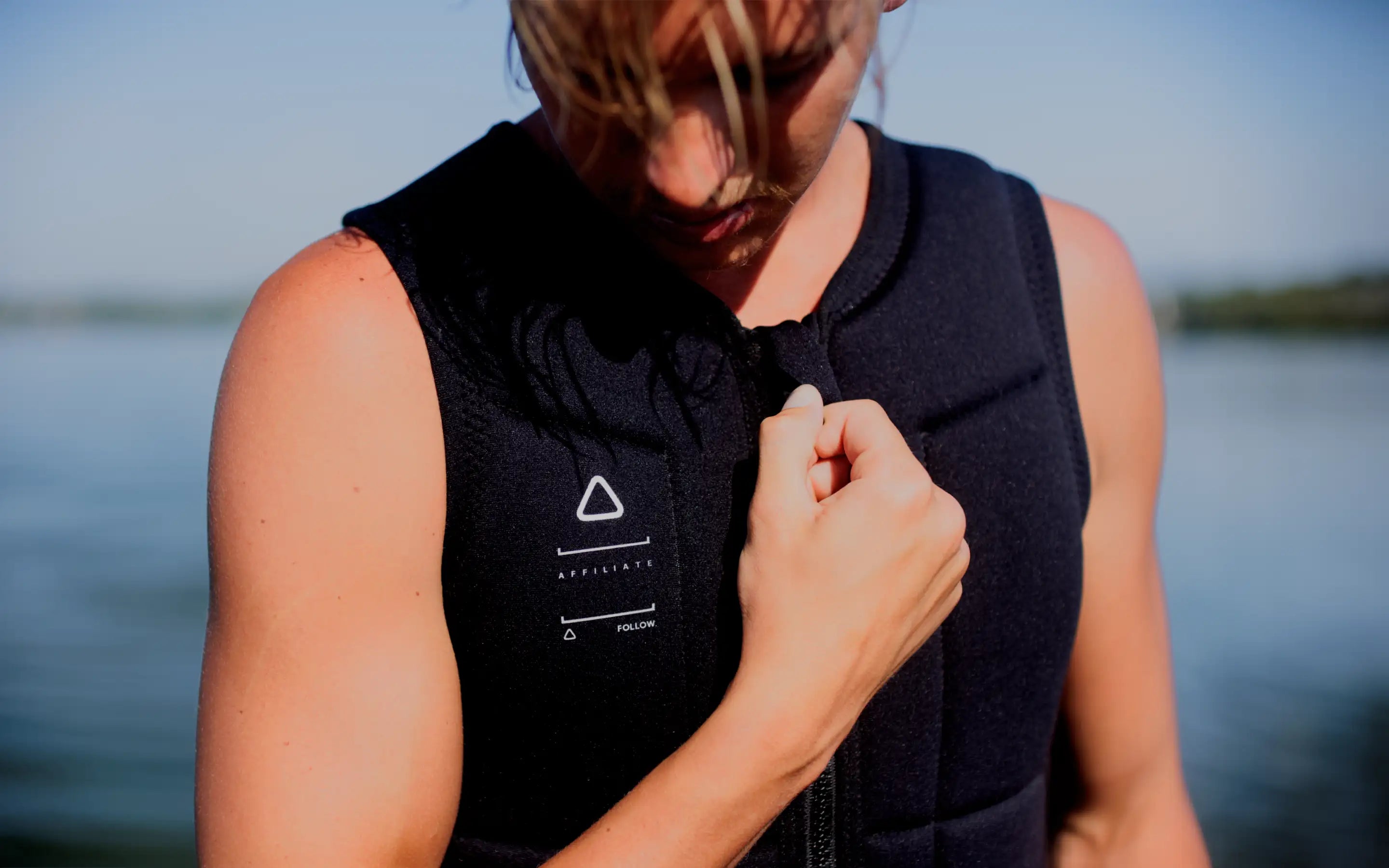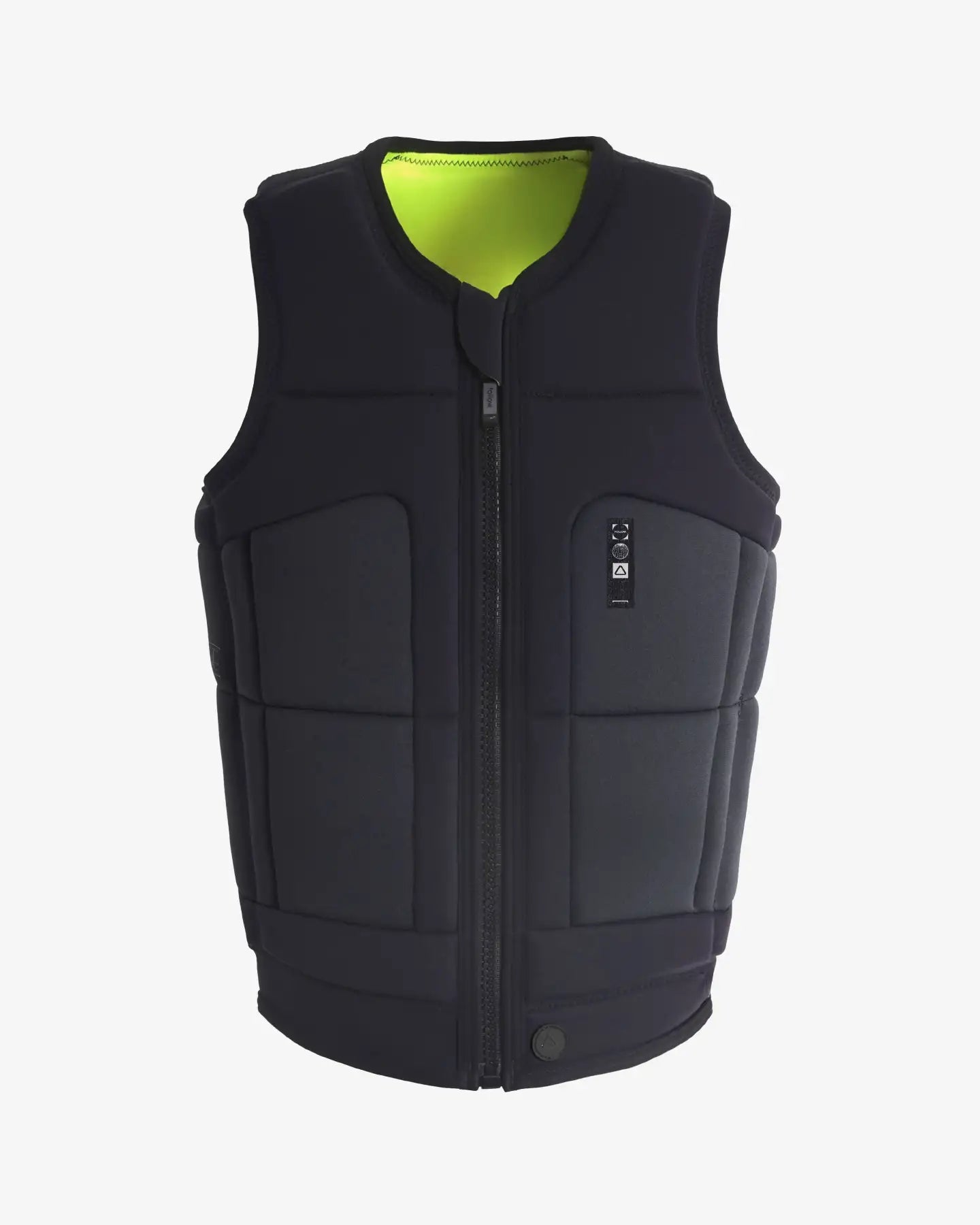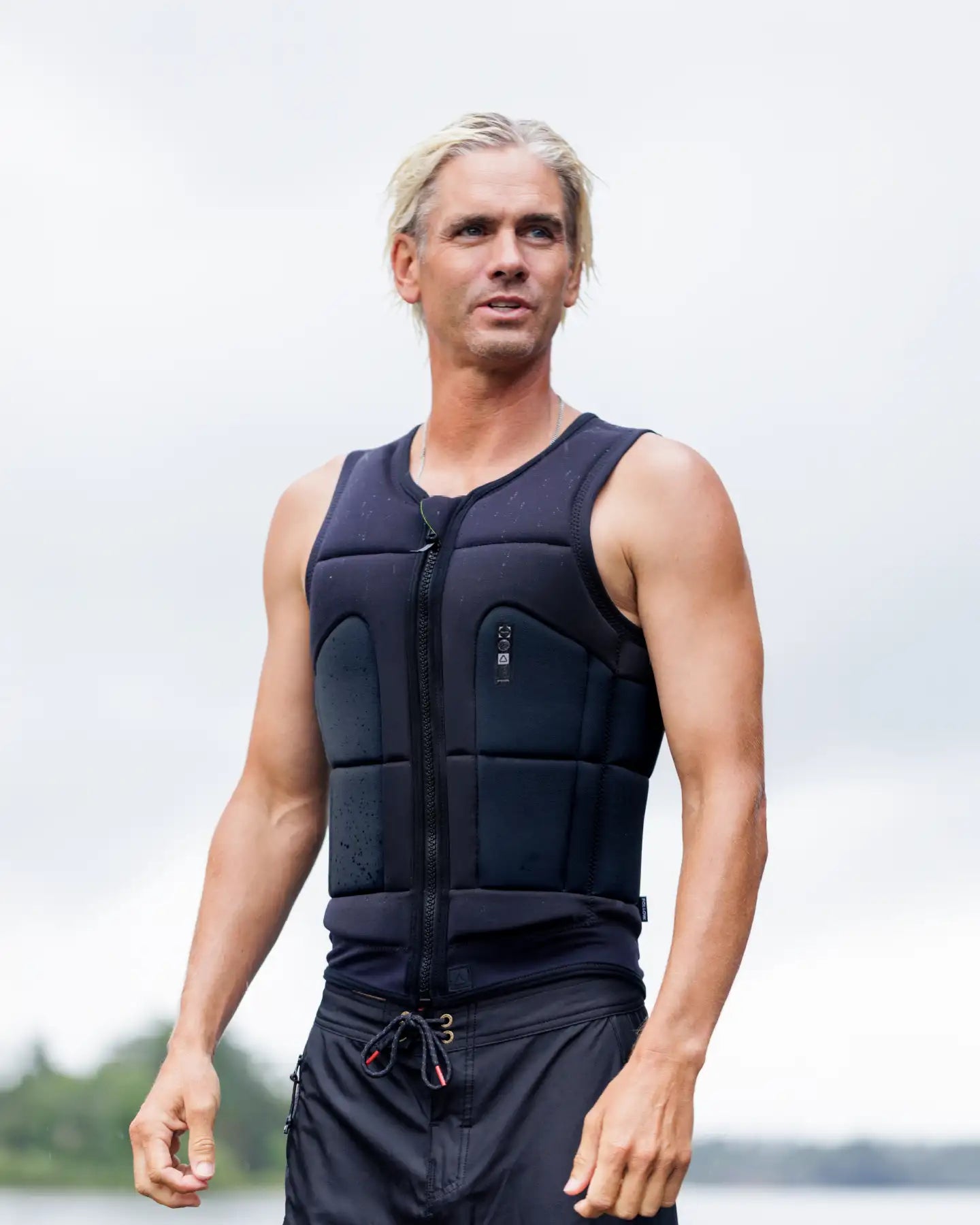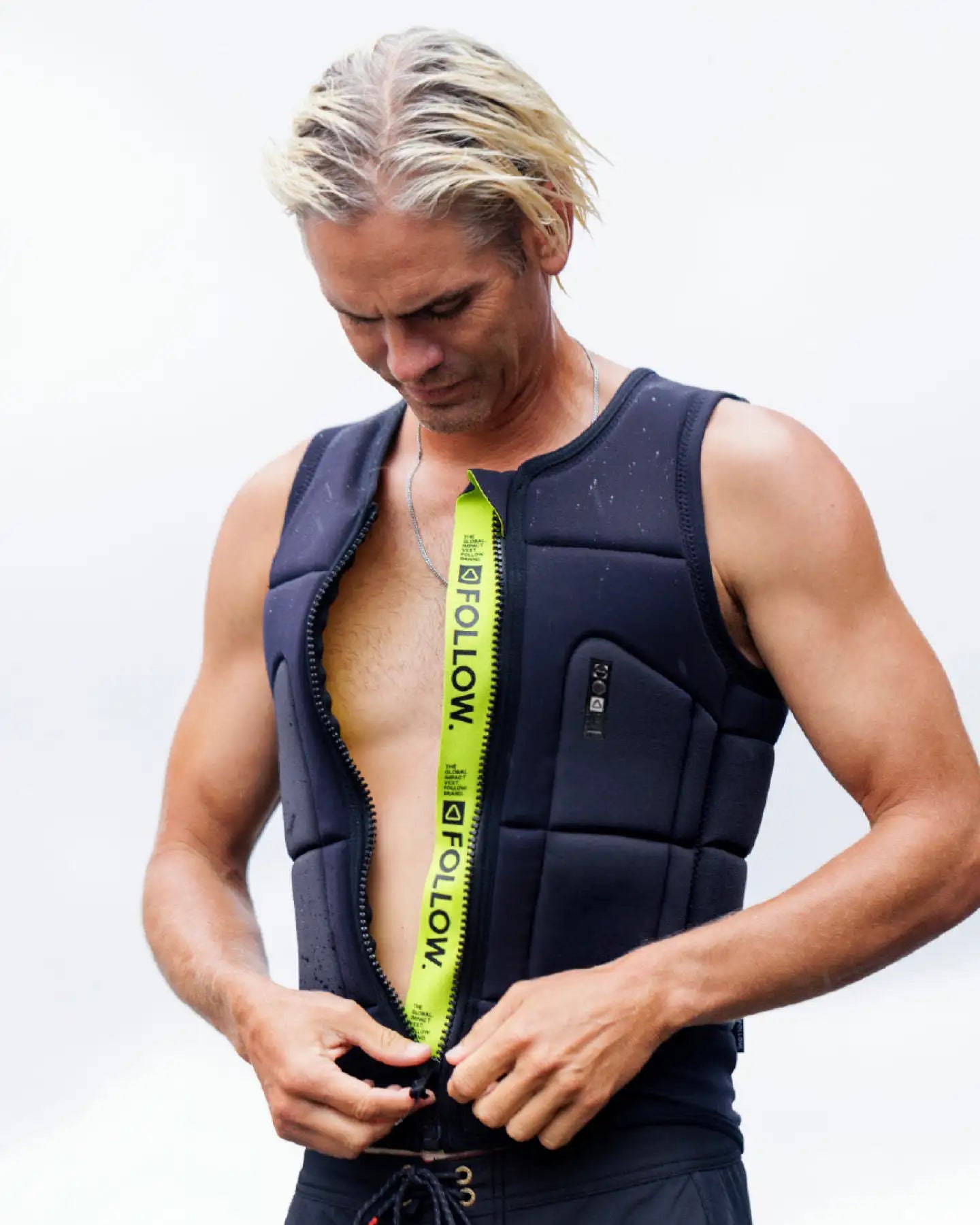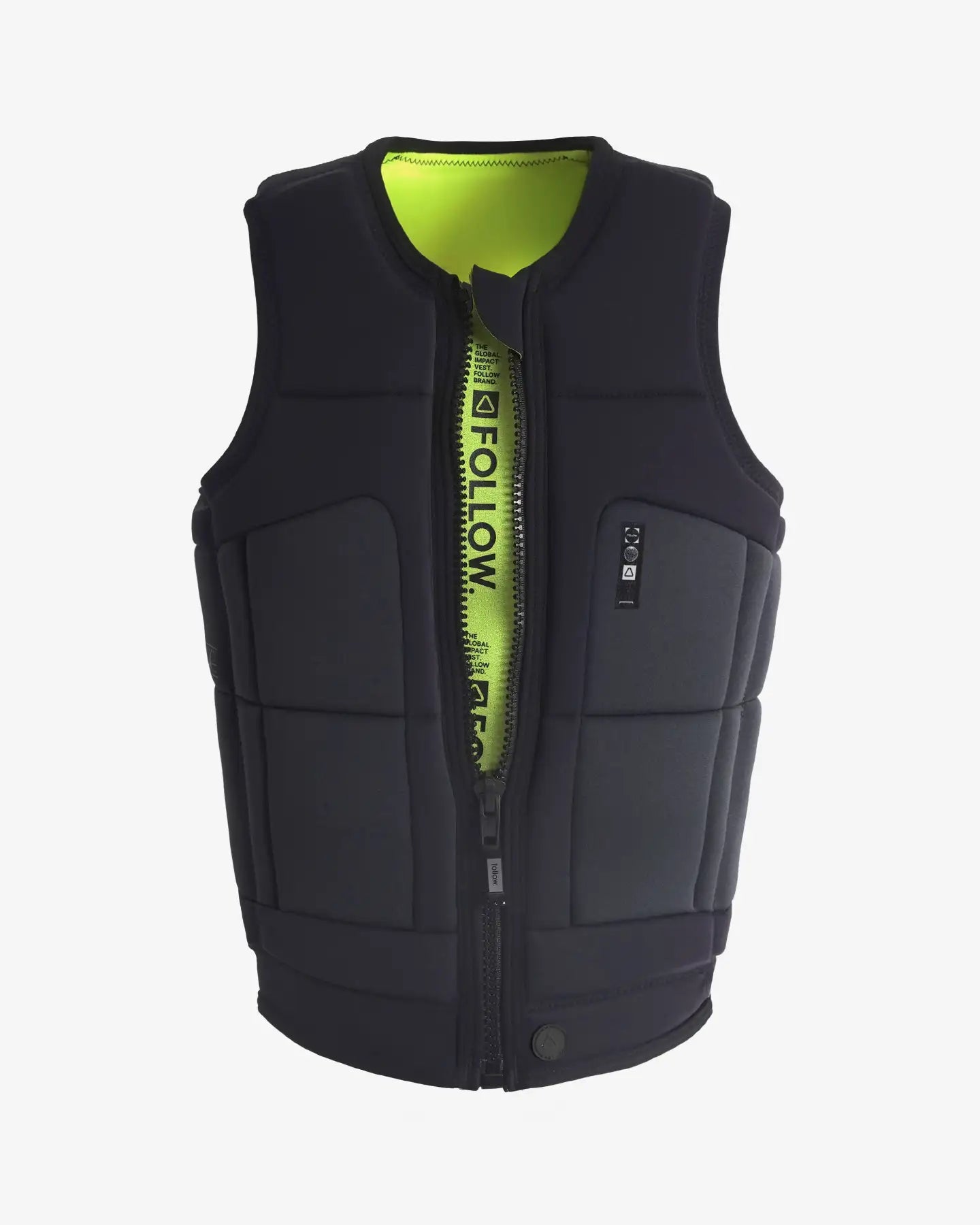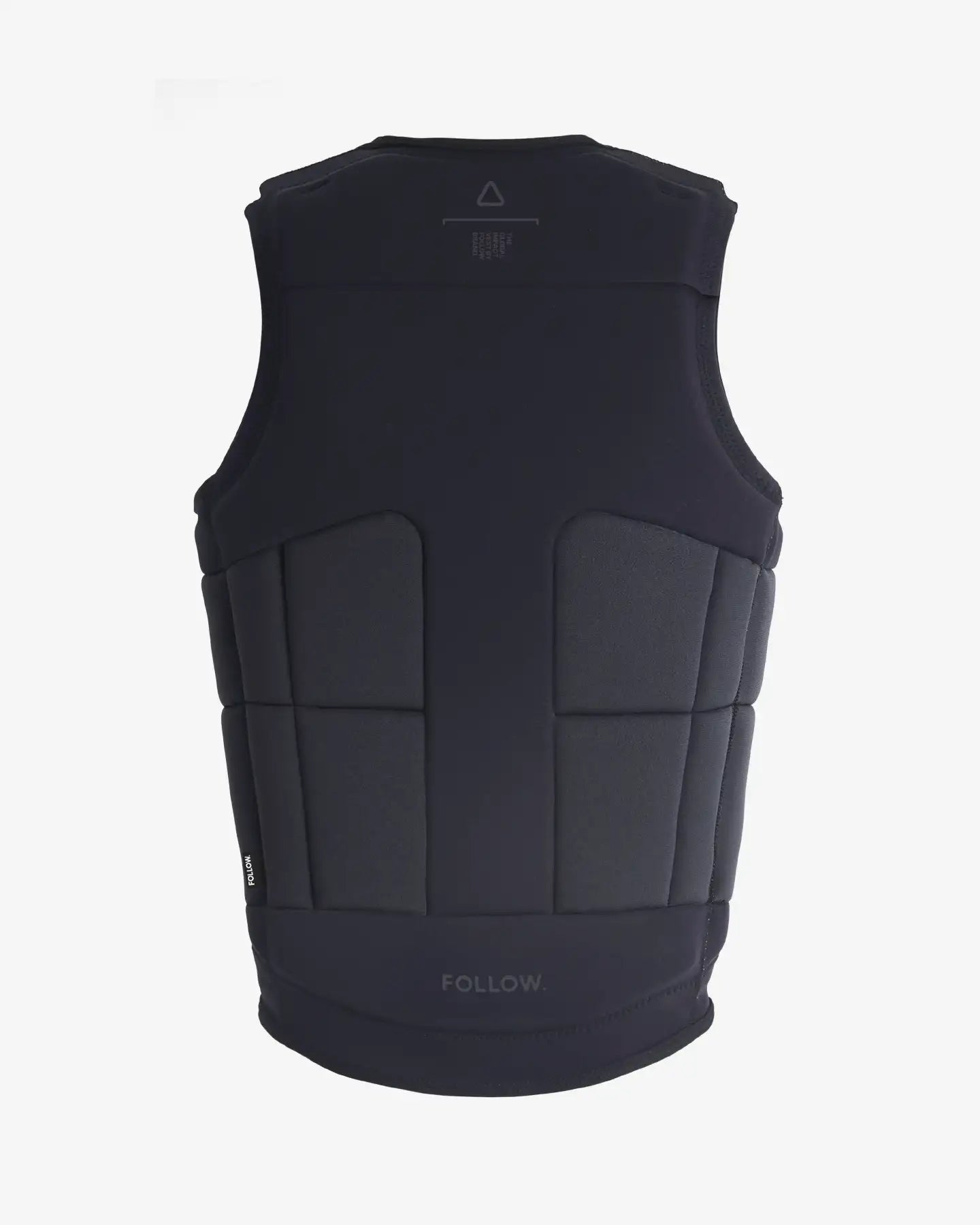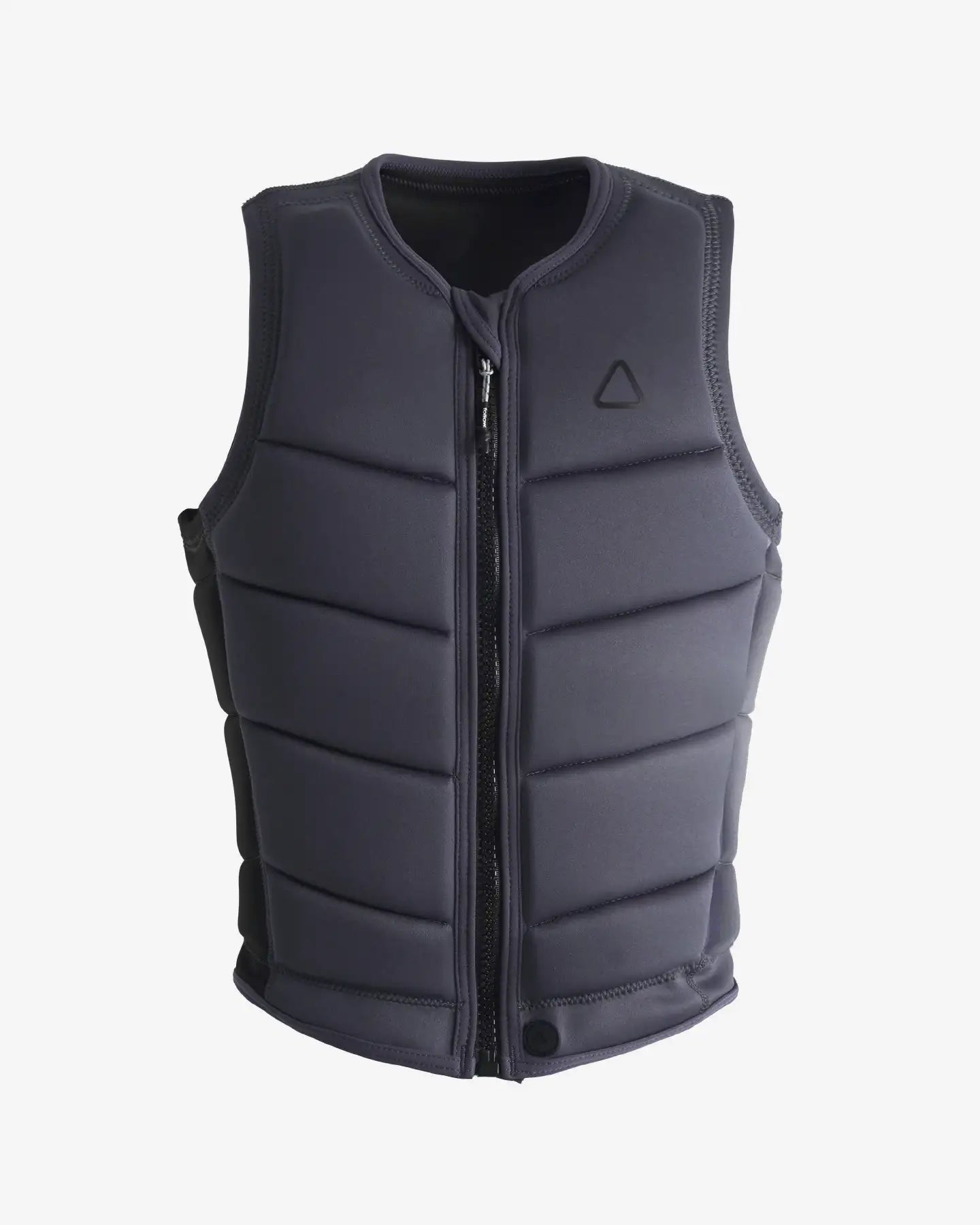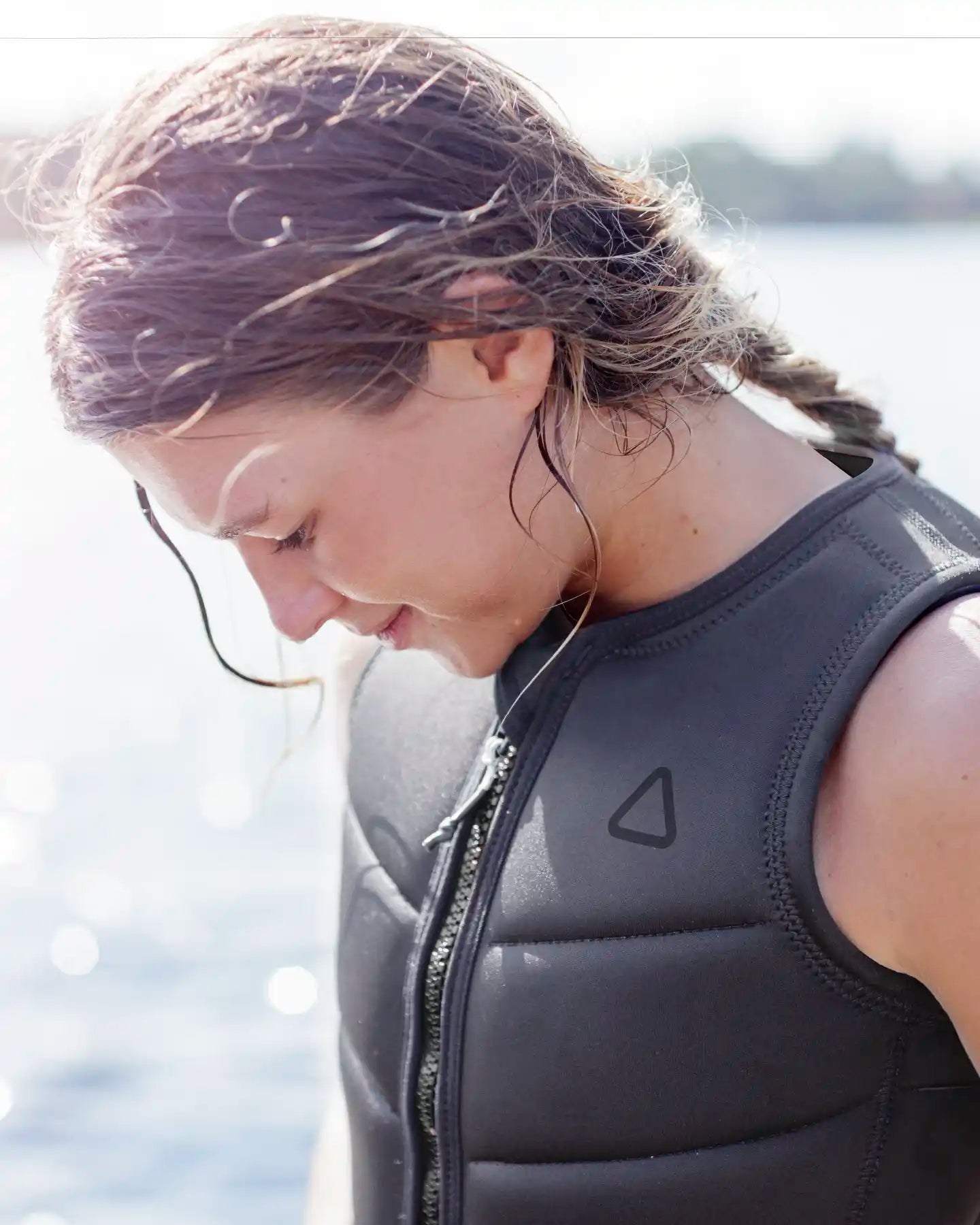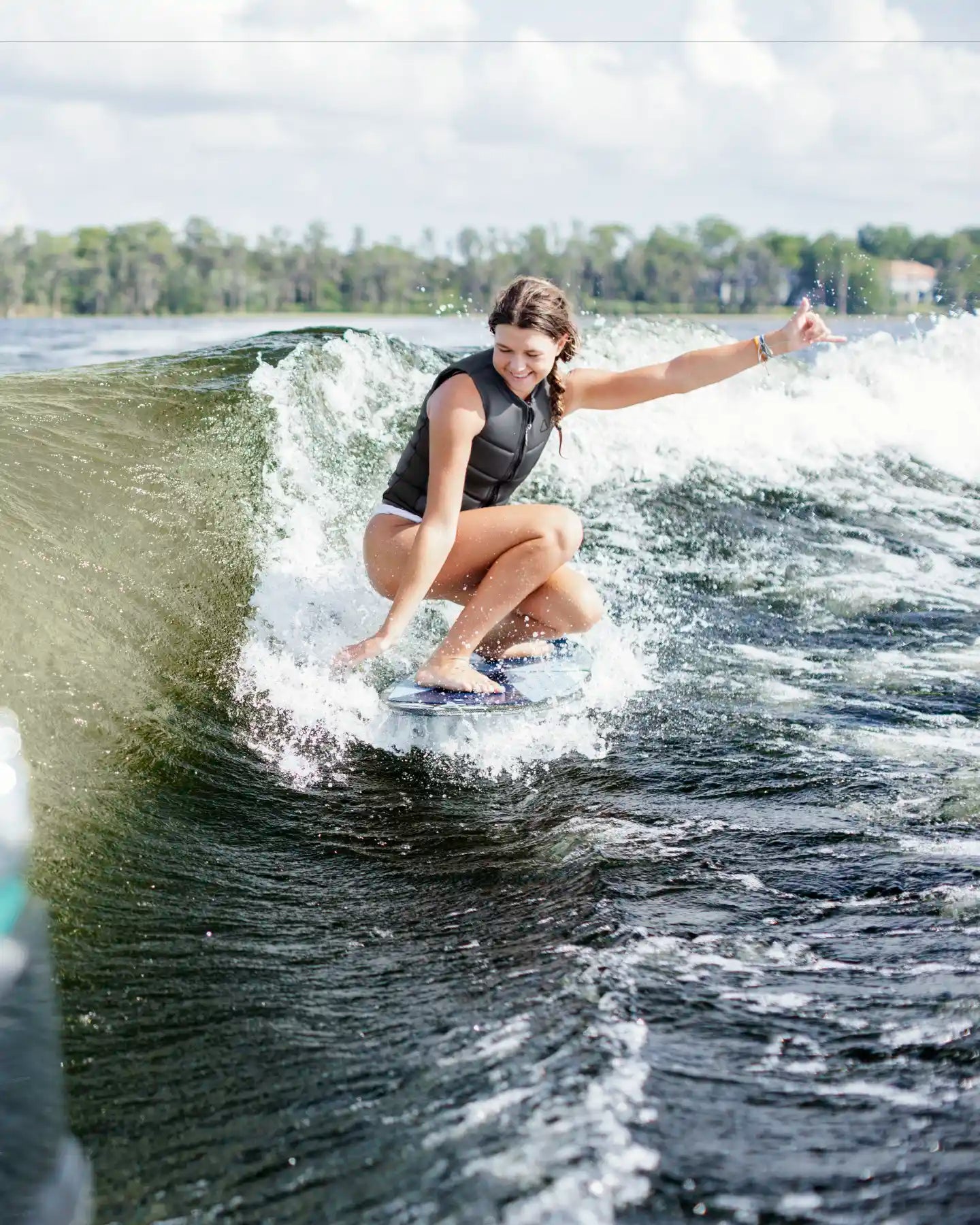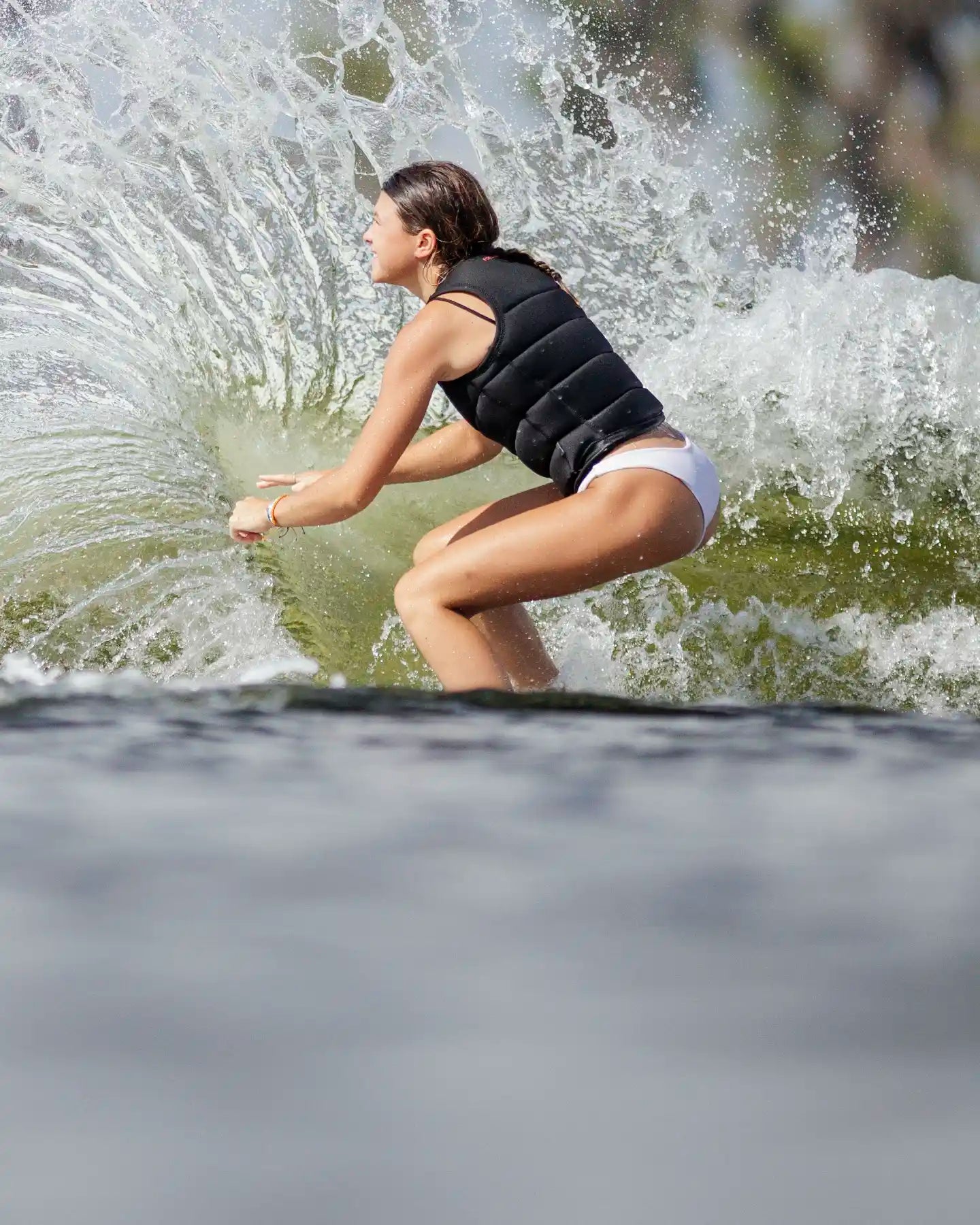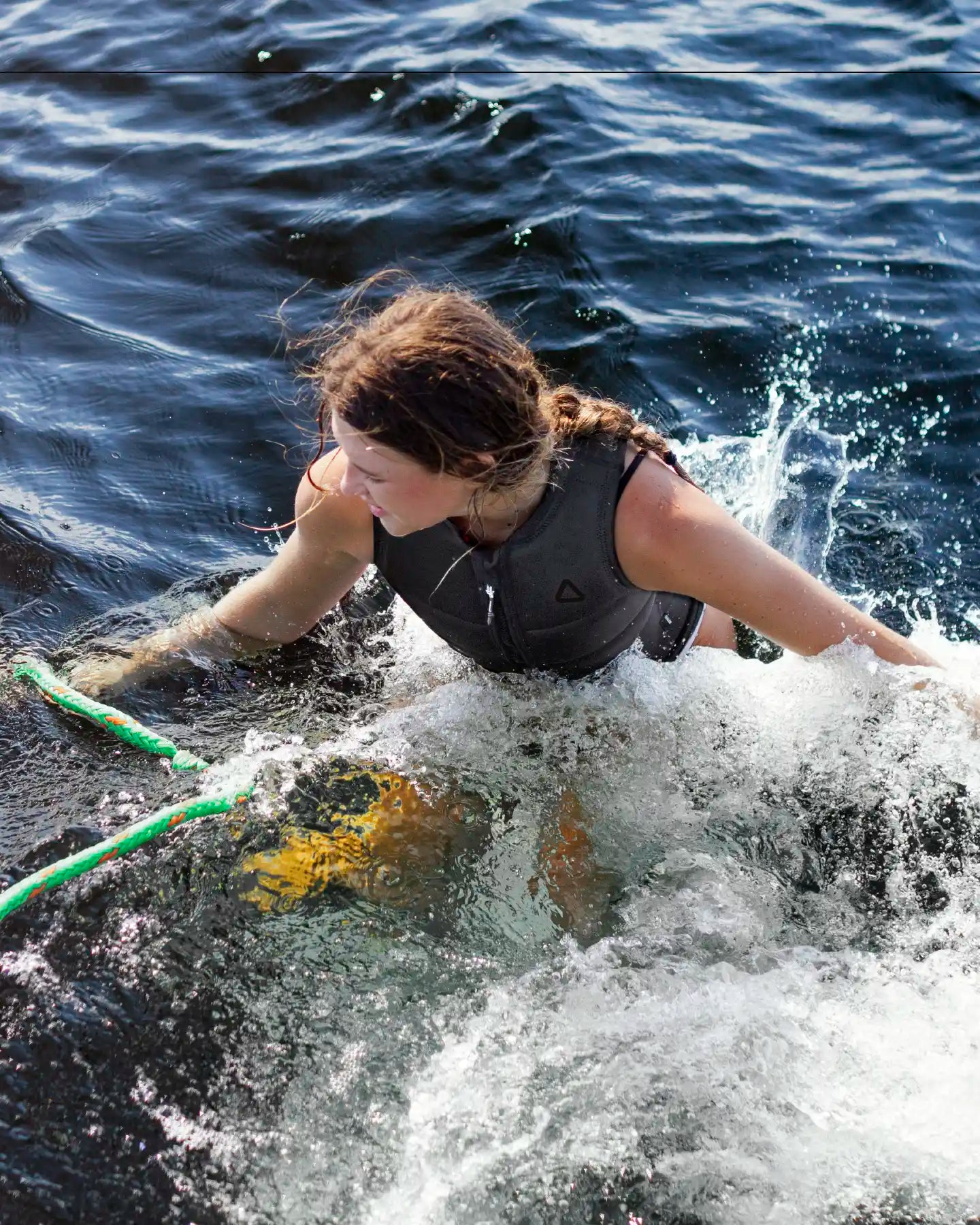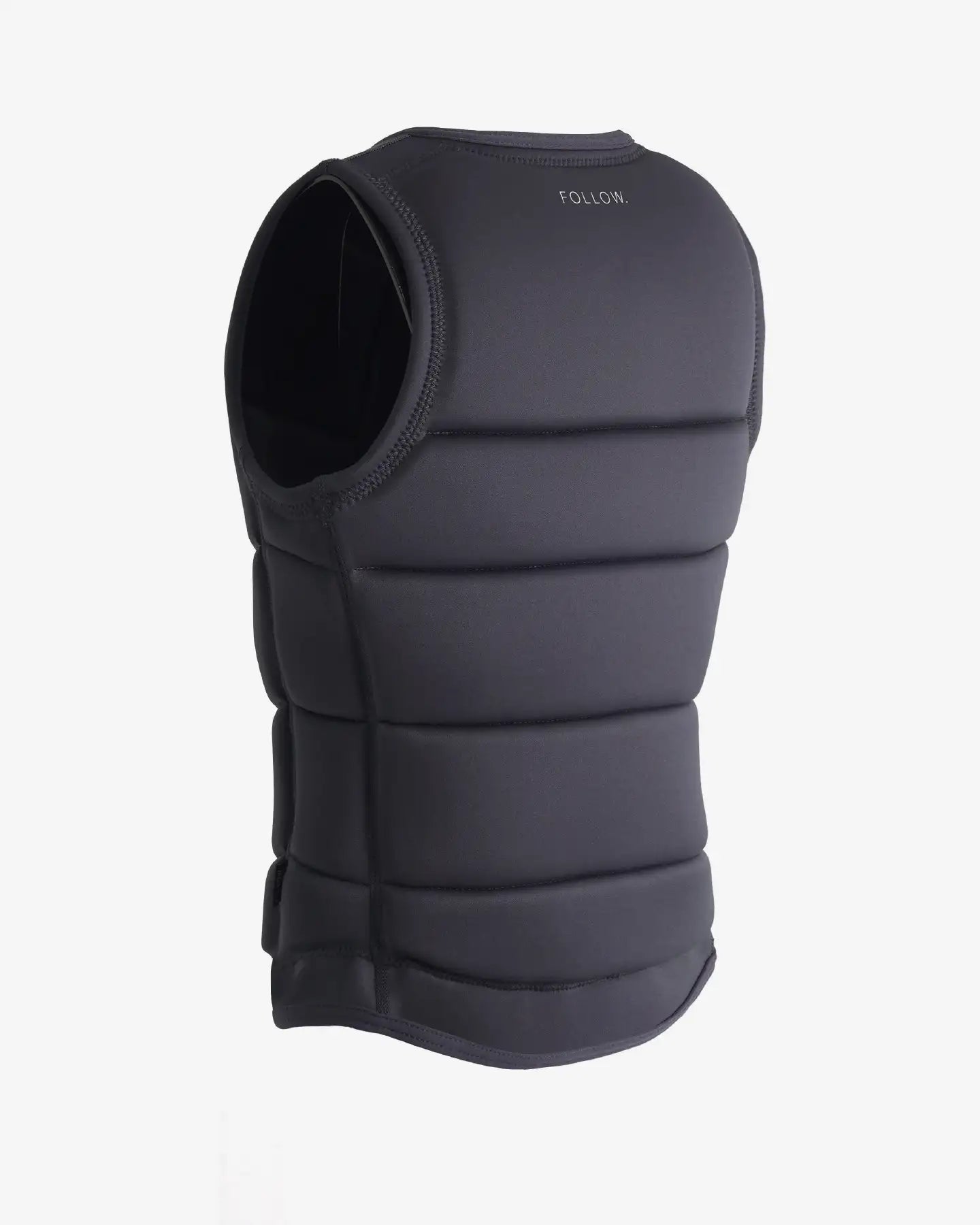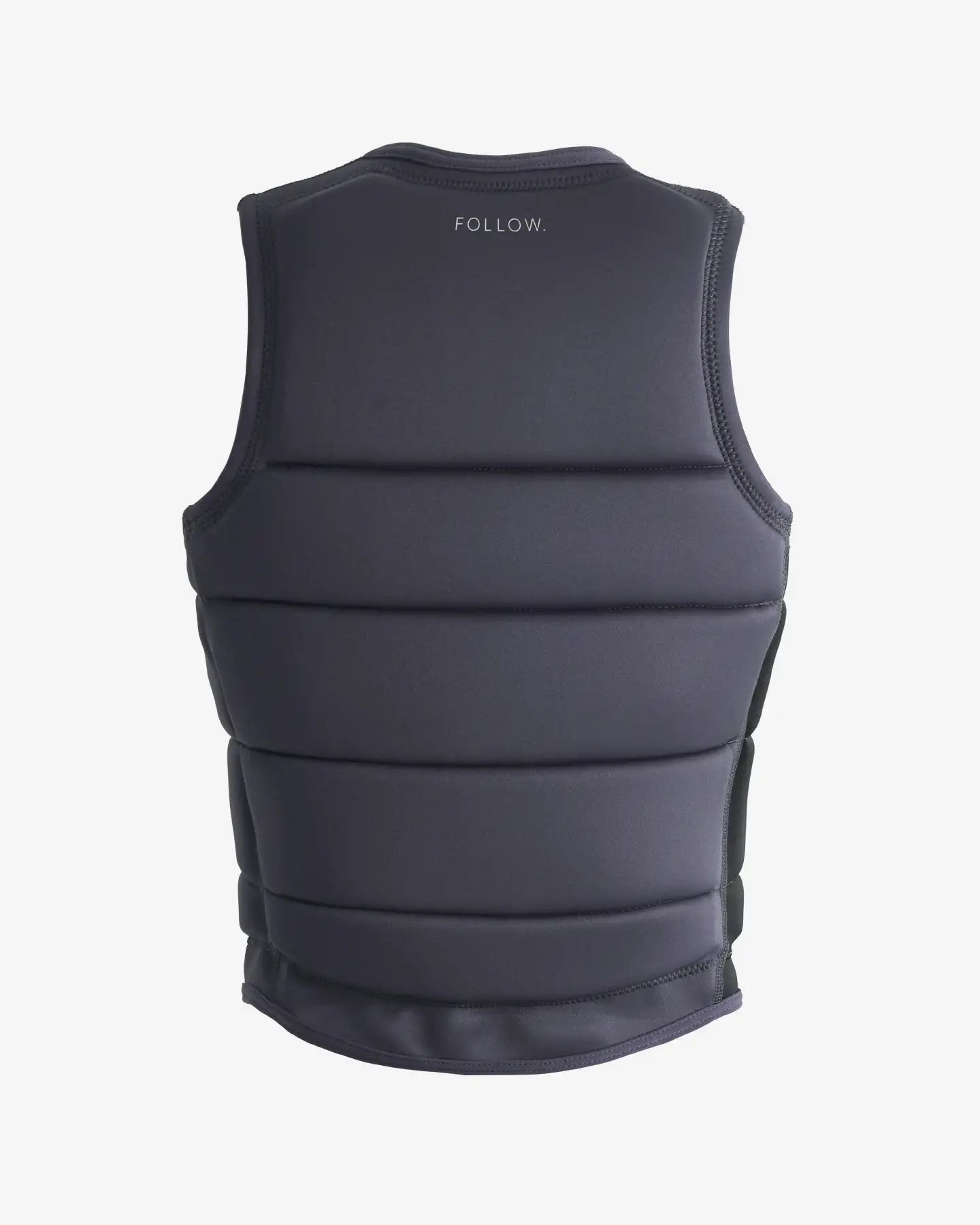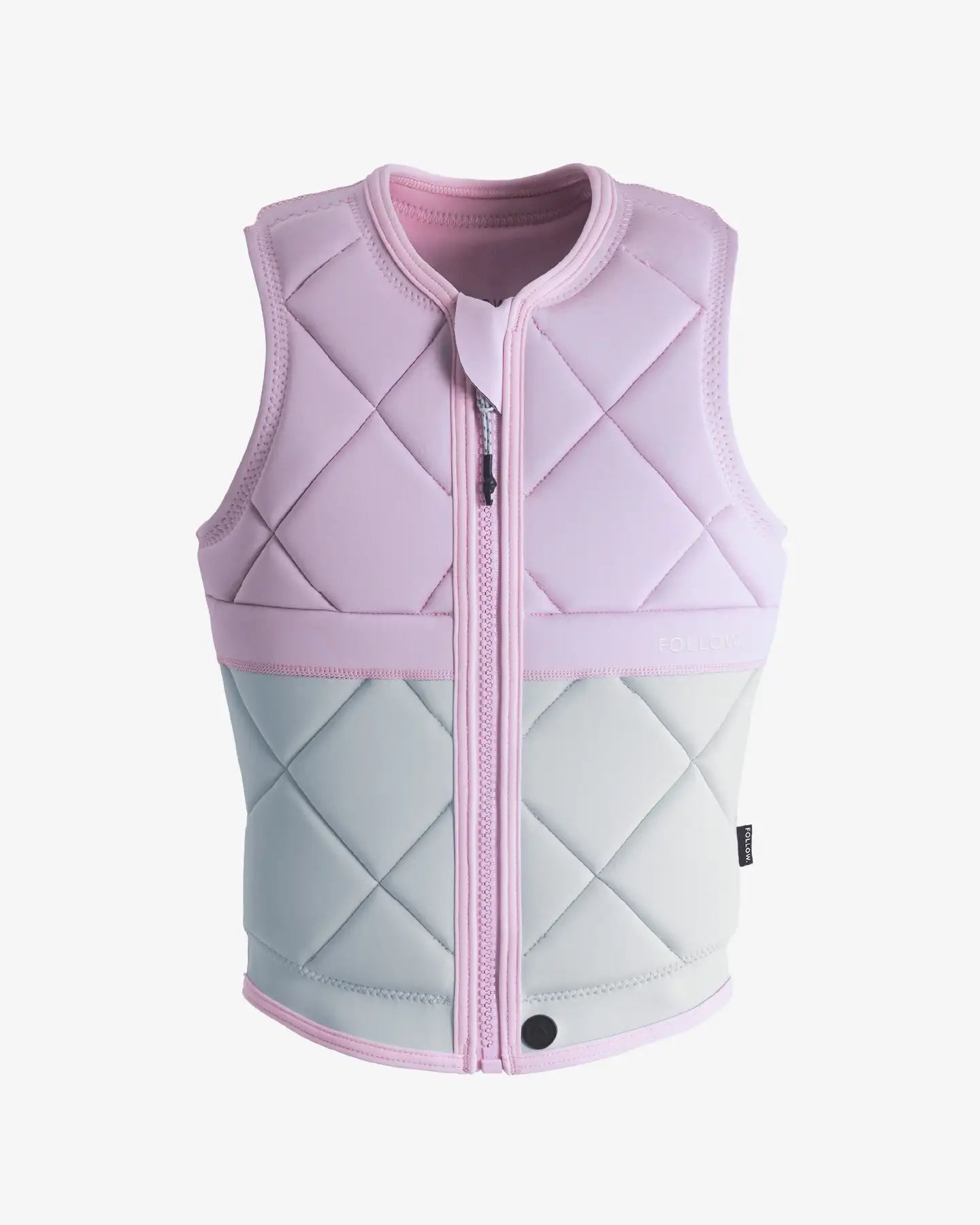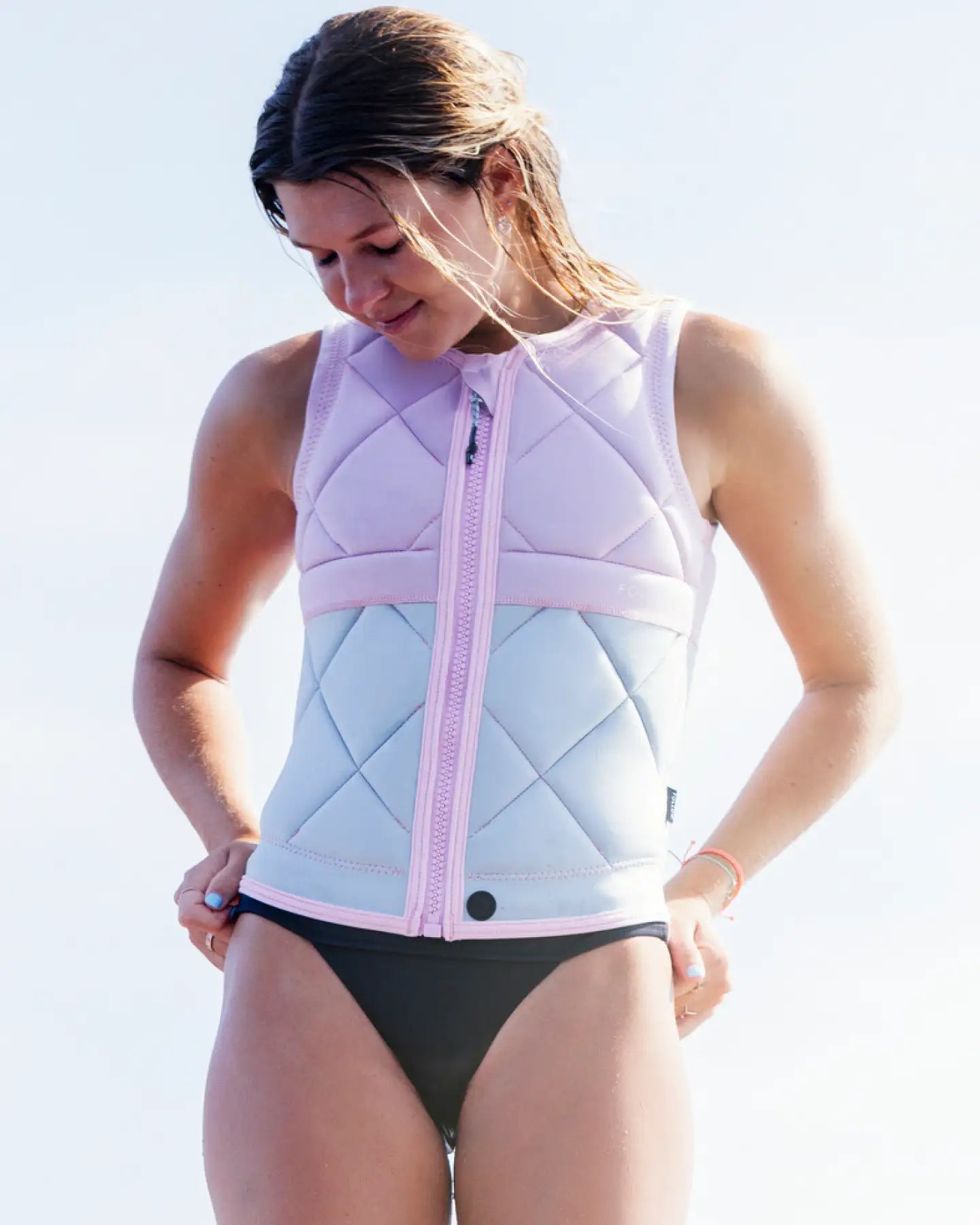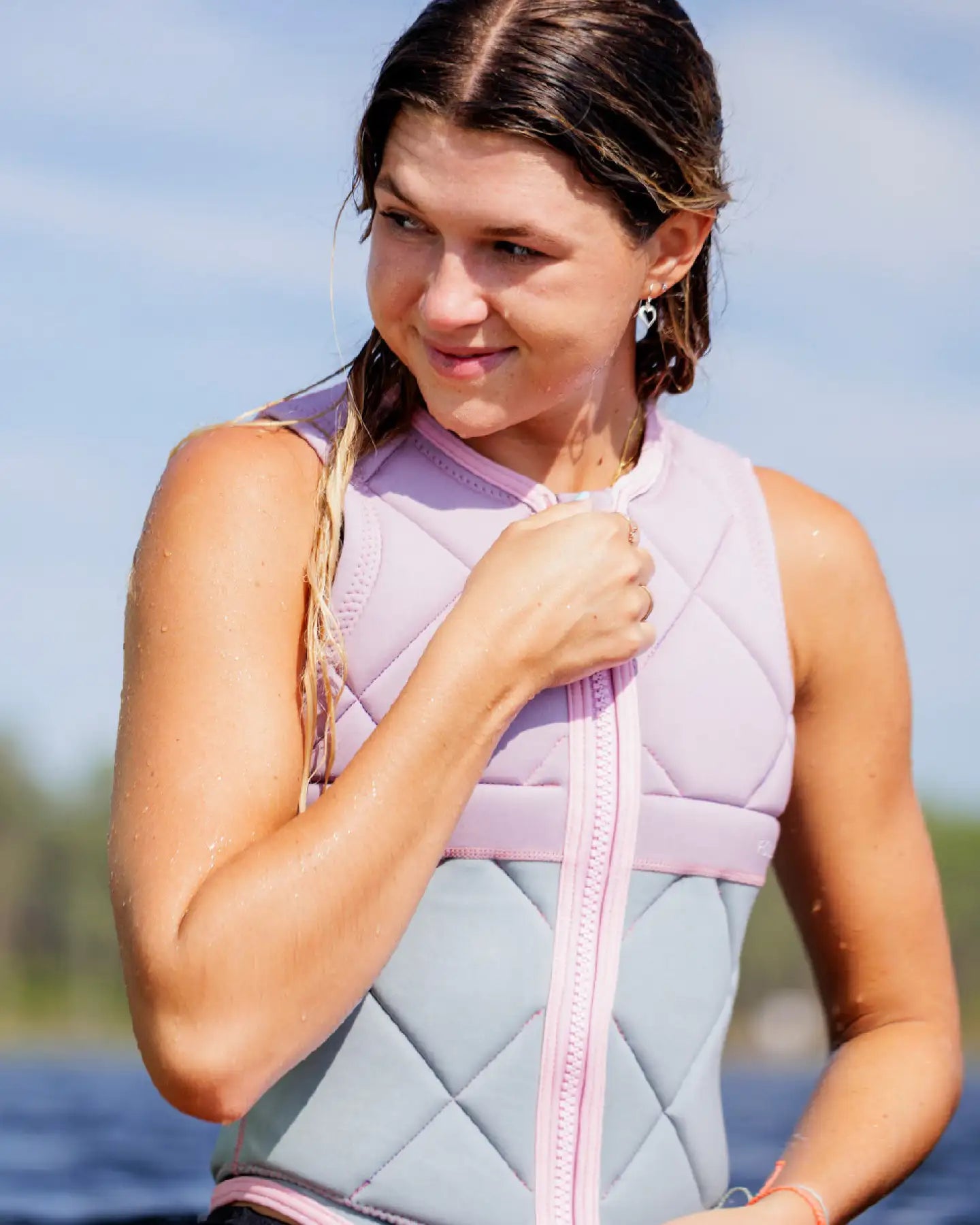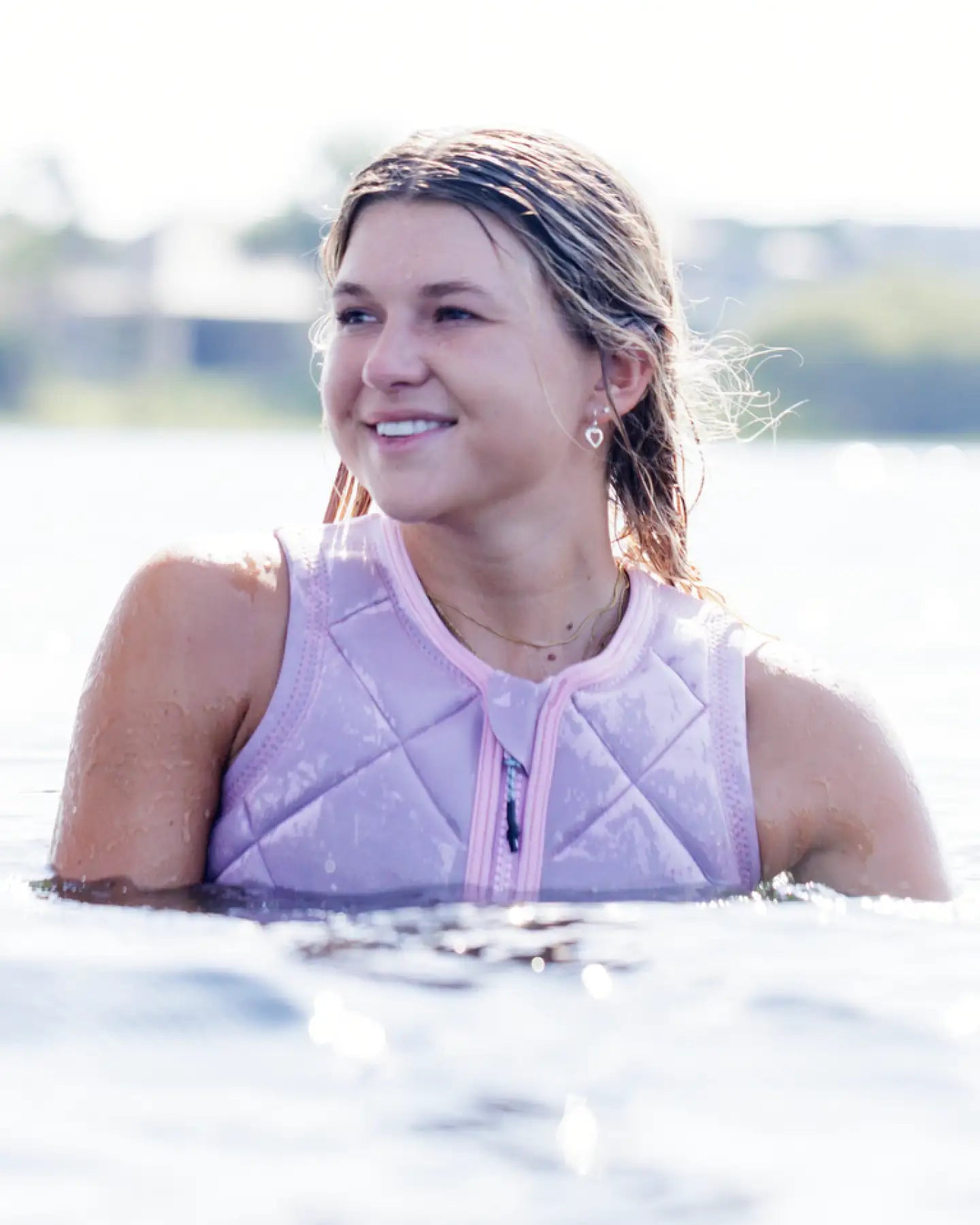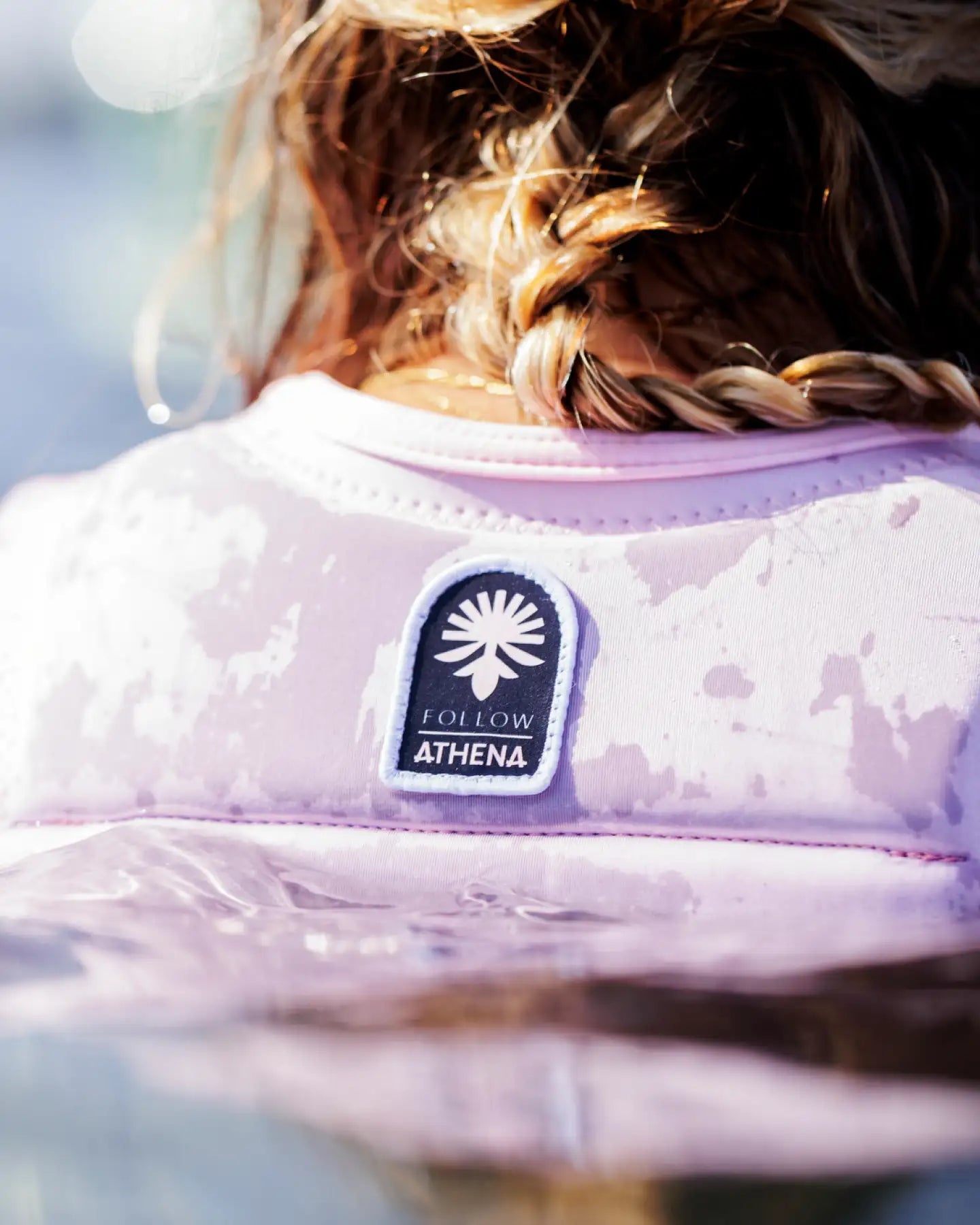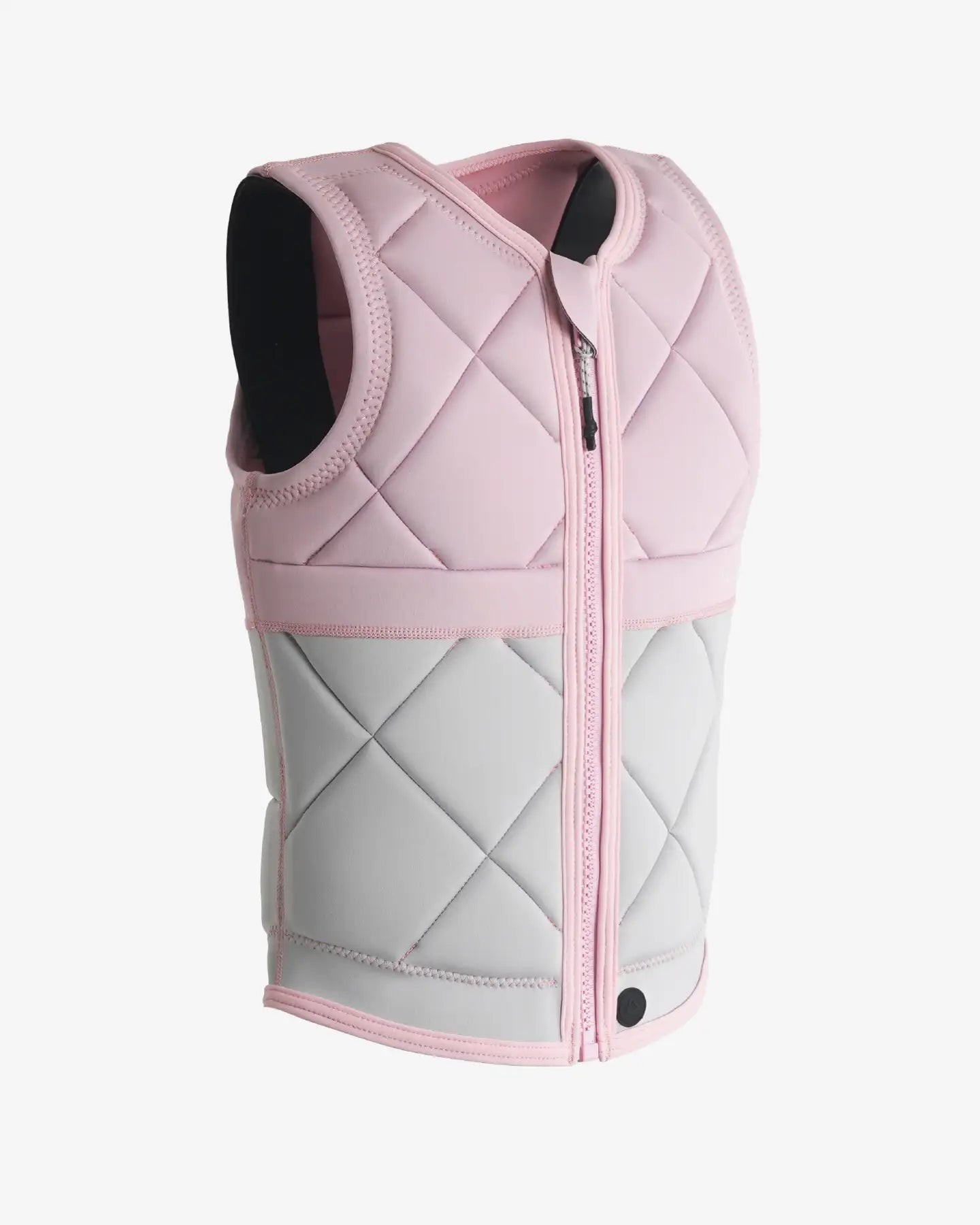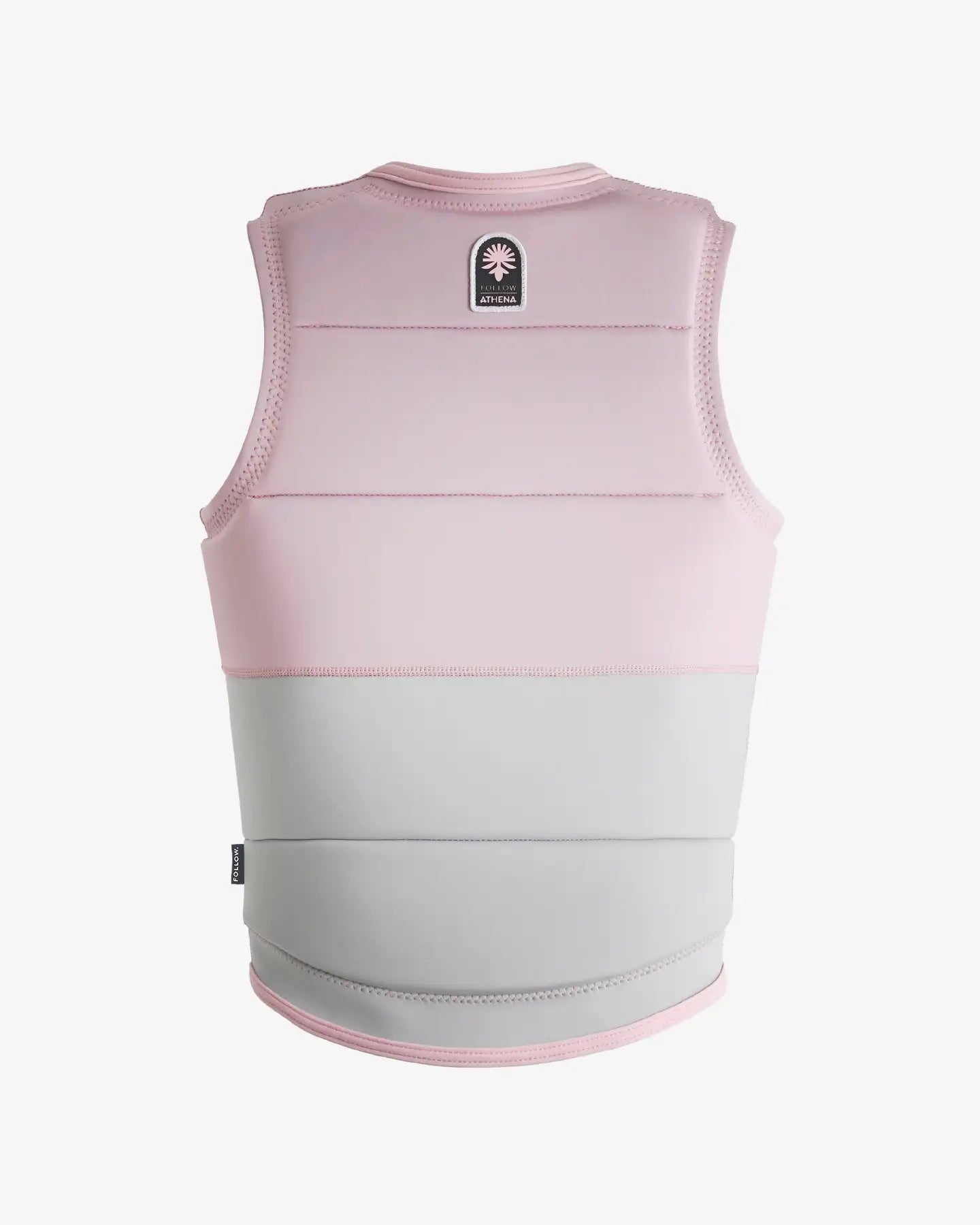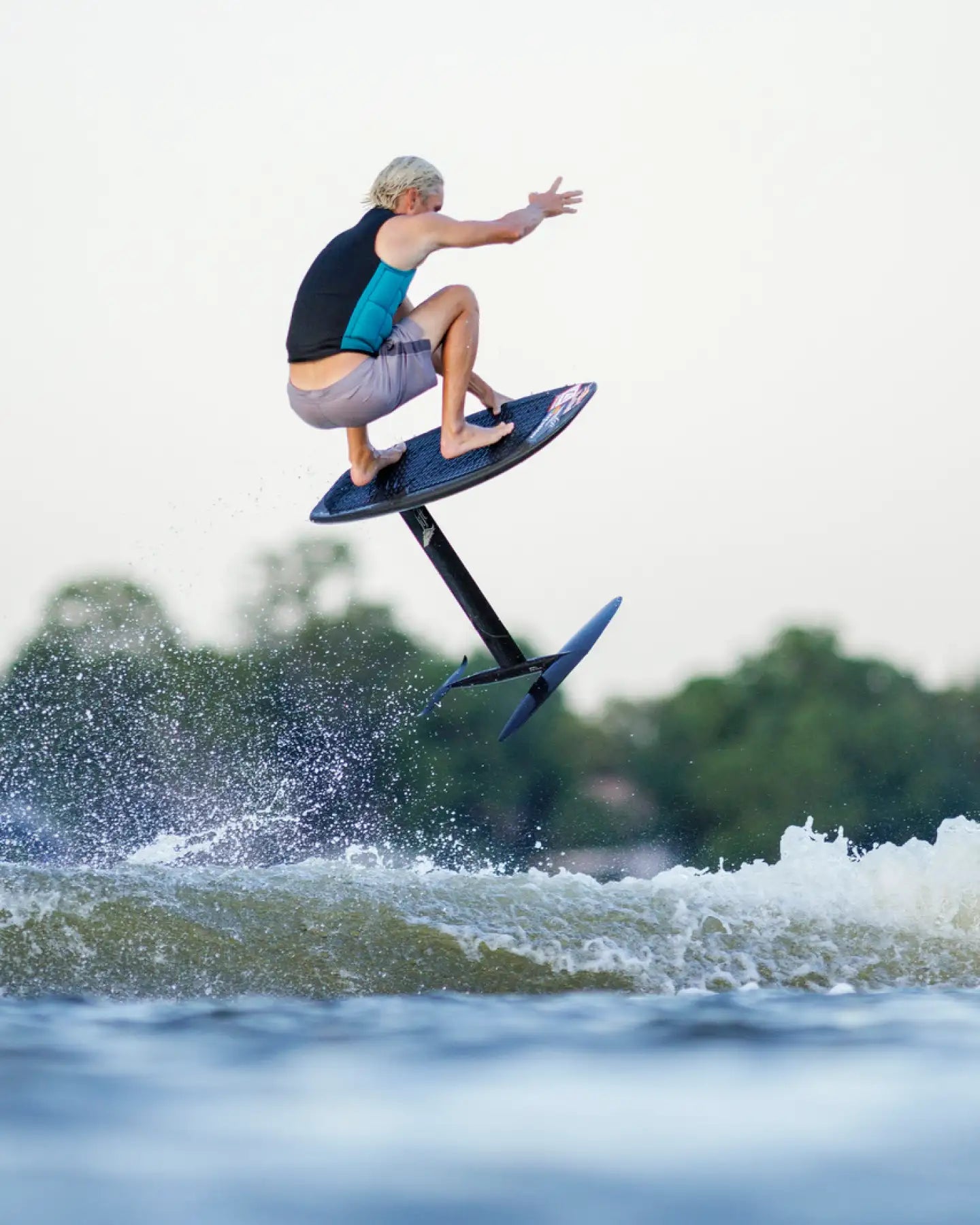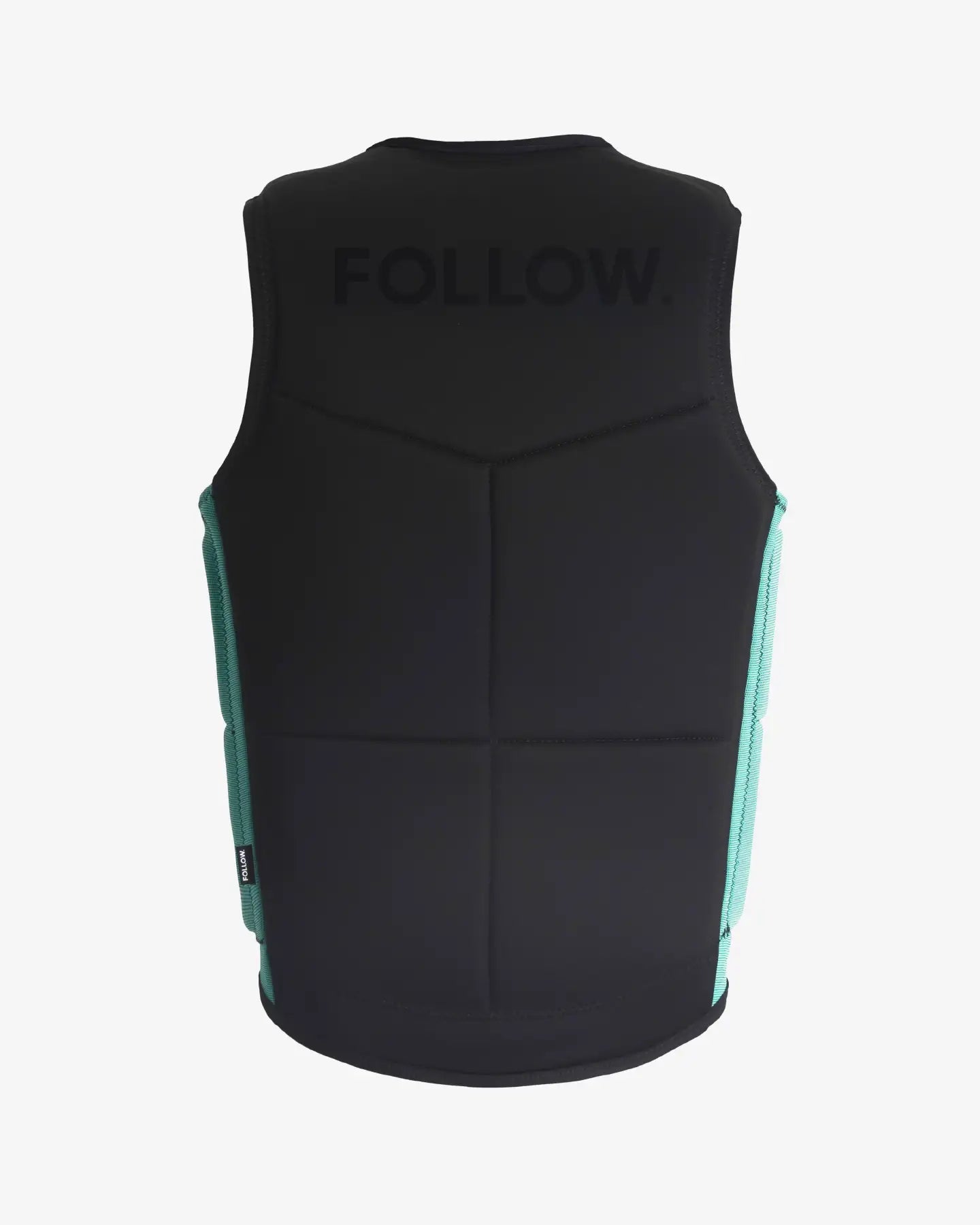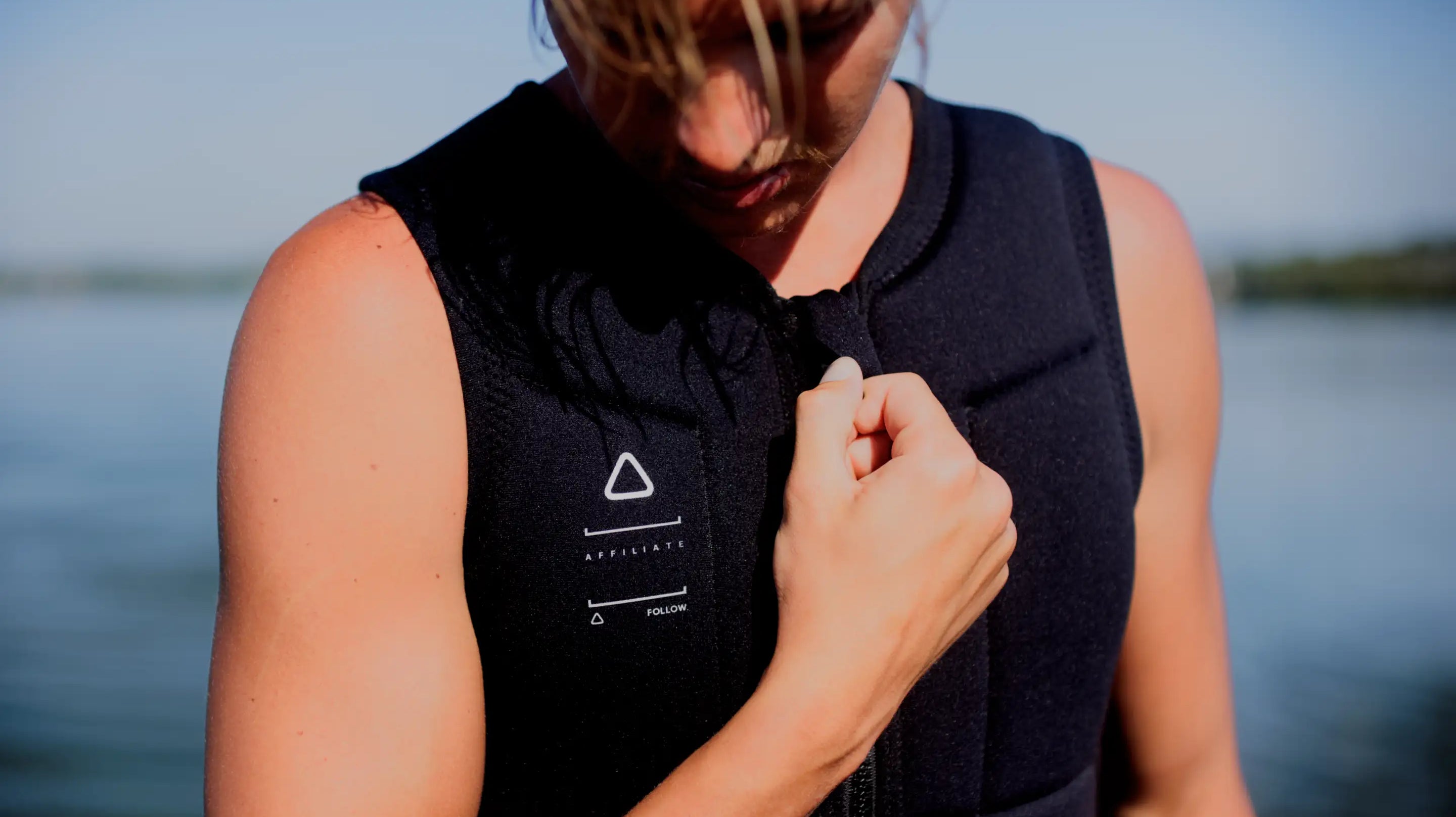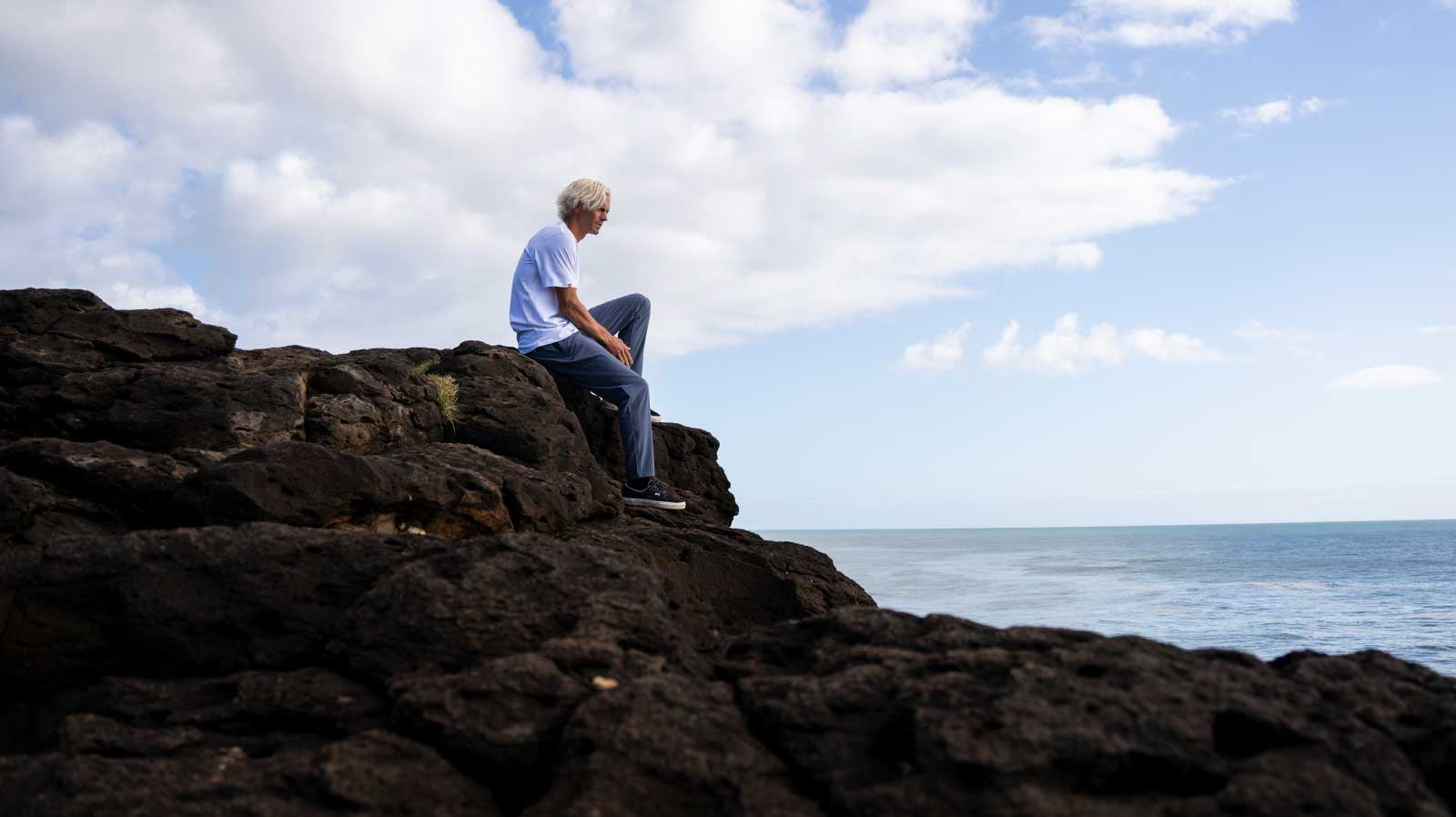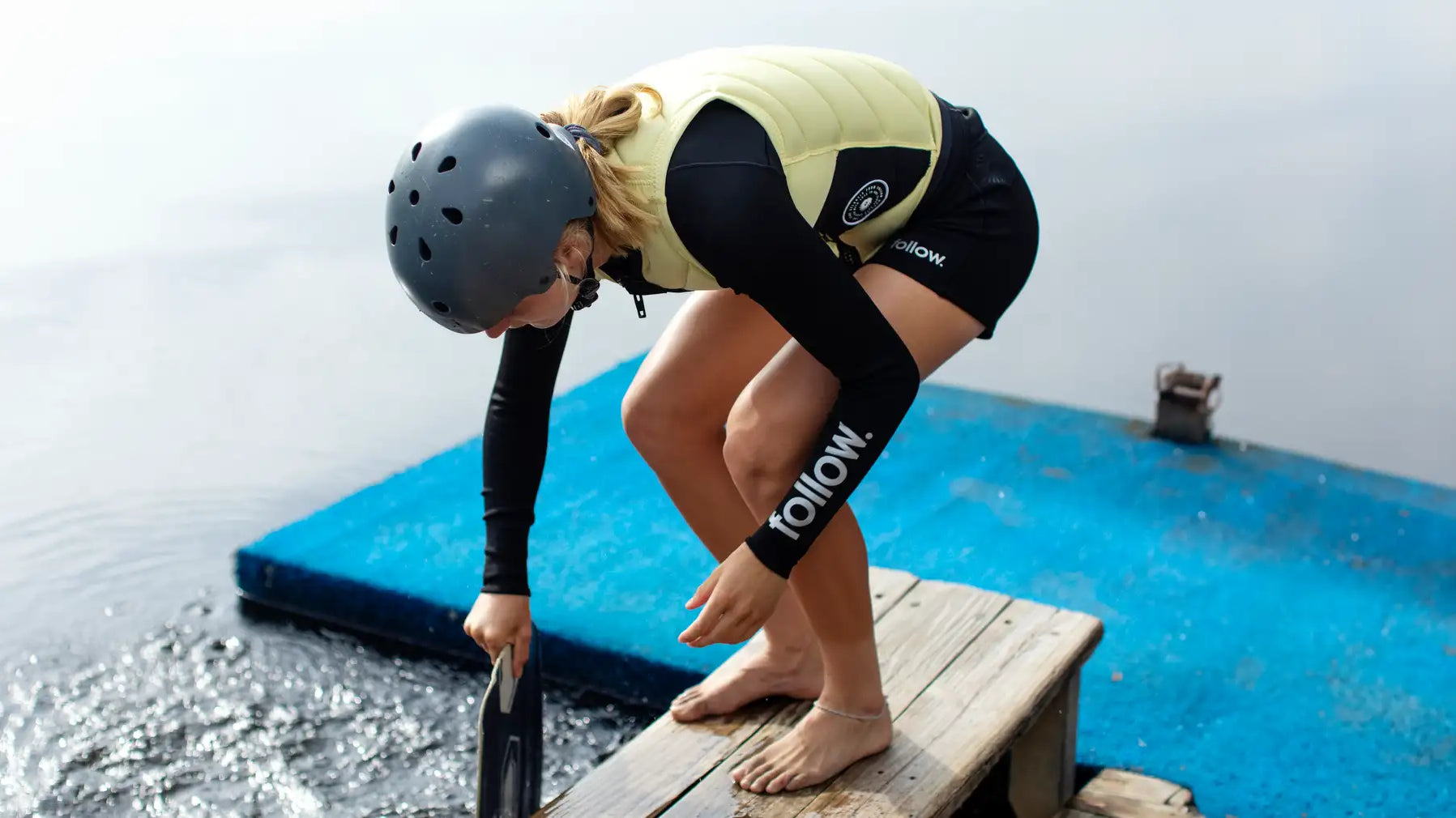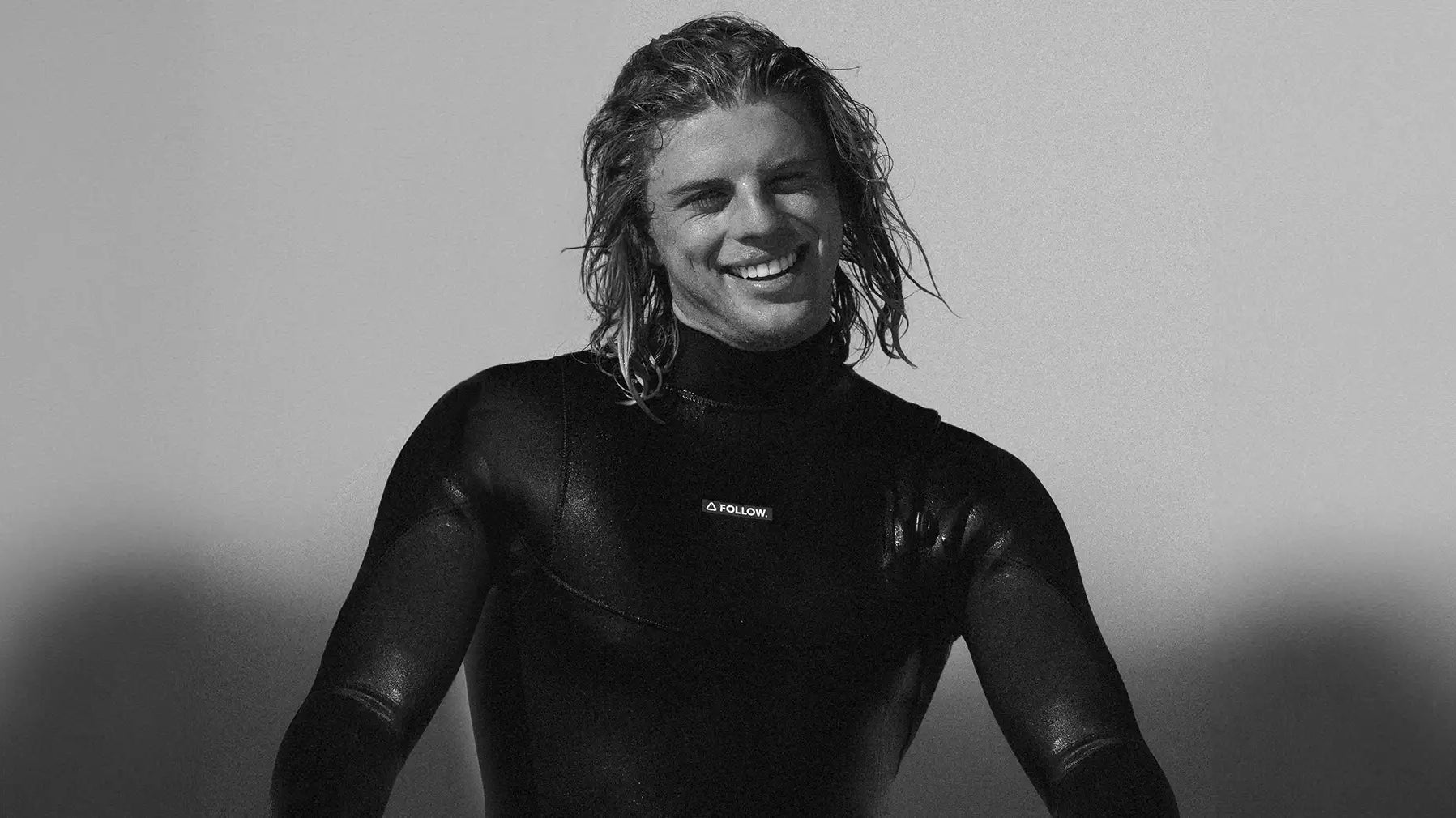When it comes to wakeboarding, the right vest can make all the difference — not just in comfort, but in performance and safety. Whatever your level you need a vest to stay in place, move with you, and offer the protection or flotation you need.
Fit Checklist.
If it Zips, It Fits: Comp vests are made to be worn tight when first put on. Once in the water, comp vests will loosen up significantly. Therefore, "If it zips, it fits" is the best way to determine if a comp vest is the right size for you.
Snug, Not Restrictive: It should feel tight when dry — a bit like a firm hug. Wake vests loosen slightly when wet, so if it's loose on land, it'll be too loose in the water.
"When dry the right fitting vest may restrict your breathing a little. But if you can still suck it in and zip it up — it's perfect."
No Gaps or Flotation Gaps: The vest should sit flat against your torso with no ballooning or gaps at the sides or shoulders.
Secure Around Arms: Armholes should be large enough to allow full range of motion, but not so large that the vest shifts or rides up.
Doesn’t Ride Up When Pulled: Try tugging upward on the shoulders — the vest shouldn't slide over your chin or ears. If it does, it’s too big or not tight enough.
Common Fit Mistakes.
Too Loose = Unsafe: A loose vest can ride up in the water, reducing flotation effectiveness and increasing risk.
Too Tight = Discomfort: If it restricts breathing or arm movement, it’s too small — especially important if you’ll wear it for long sessions.
Pro Tip.
If you're unsure between sizes, go tighter rather than looser — especially for impact vests, which don’t offer Coast Guard–approved flotation but rely on snug fit for protection and minimal movement.
Conclusion.
Ok, we're biased. Buy a Follow Vest. They (We) make the best ones.
